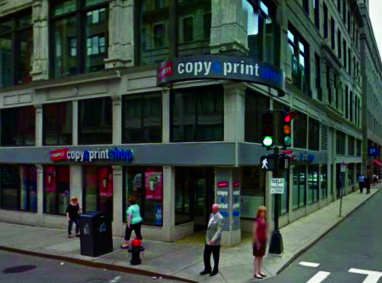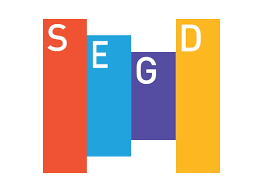Getting Permits for Business Signs
Architectural Signage, Design/Build, Exterior Signage, Others, Signage Regulations, Signage TipsPretty much any sign you can think of, we can make for you.
But that doesn’t mean you can get government approval to place that sign where you want it. In fact, the process of getting approval for business signage is a lot more complex than you probably imagine. It involves dealing with many different departments, agencies, and governments – depending on where you plan to place the sign – and it also involves meeting a myriad of specific limits, requirements, and standards that may or may not seem entirely sensible to you.
In Boston, just to begin somewhere, the approval process requires that we submit an application to the Boston Redevelopment Authority for what they call their Comprehensive Sign Design Review. It may take us several tries to get a sign you’ll like past this group. But that’s not the end of the approval process.
If the sign may interfere with a “public right of way,” designs must then go for additional approvals from the Public Works Department. All signage plans must also be checked and approved by the Inspection Services Department. If the signage location is a historically classified property, we also need a nod from the Boston Landmarks Commission.
All these folks need to see multiple copies of scale drawings of the proposed signage, with specifications of all sizes, construction materials, and photographs of the location where we propose to place it. These agencies also want to review detailed drawings of exactly how we plan to attach the sign in place.
For safety reasons, any wall sign that projects outward more than 5″, as well as any awning, blade sign, any type of a roof mounted sign (provided one is even allowed), and any sign mounted over a public way, requires Engineered Stamped Drawings to verify the projected wind and snow loadings.
We also need electrical permits for illuminated signs and for any external lighting.
Then, for the actual installation on or over a public way, we must have a police detail and sidewalk permits. Sometimes, as with Boston Children’s Hospital, we’re even limited to working only certain hours – often overnight – to reduce our interference with local traffic.
Different Strokes for Different Folks
Different parts of Boston have different requirements and restrictions, including the:
- Aberdeen Historic District in Brighton
- Back Bay Architectural District – both Residential and Commercial
- Bay State Road / Back Bay West Architectural Conservation District in Fenway
- Downtown Crossing District
- Bay Village Historic District
- Historic Beacon Hill District
- Fort Point Channel Landmark District on the South Boston Waterfront
- Mission Hill Triangle Architectural Conservation District
- South End Landmark District
- St. Botolph Architectural Conservation District, also in the South End
For example, the area between Tremont Street and (mostly) Devonshire Street, between Court Street and Essex Street – but all the way to Stuart Street near Tremont is called the Downtown Crossing District [see the accompanying map]. Regulations here allow for flat signs, blade signs, motion signs, window signs, banner signs, and awnings. However, waterfall awnings, box signs, freestanding signs, billboards, sandwich boards, programmed signs, overly-large signs, and off-premise advertising are generally prohibited.
Inside this special district, however, certain streets are set off as “view corridors,” within which some signs may exceed some of the usual limits.
There are even requirements for such basic elements as displays of a store’s hours of operation, the number of times any word may be repeated, how a sign is illuminated, what percentage of a sign can display a product’s trademark and image, and where on a building specific signage may be attached. It takes a rare combination of knowledge and skill to design and build a sign that will accomplish its business purposes and will also win approval from the relevant authorities.
Of course, other districts and other towns have other restrictions and requirements.
As complicated as all this seems, however, we are extremely skilled at getting signage approved. (It’s an important part of what makes us successful!) The trick is for us to communicate with our clients to identify what they are trying to accomplish with their proposed signage, and then to filter those goals through the applicable sets of local ordinances and regulations in order to come up with signage designs all the stakeholders can accept.
In fact, we’re so good at this, it’s relatively rare that we have to tell a client he or she can’t have the signage they want. Most of the time, we do our job so well that our clients hardly feel the heavy hand of government regulation bearing down on their signage desires and final designs.
We always enjoy hearing stories of how signs got approved for a permit; if you have one, we’d love to hear it via our Contact Form or in the comments below.

